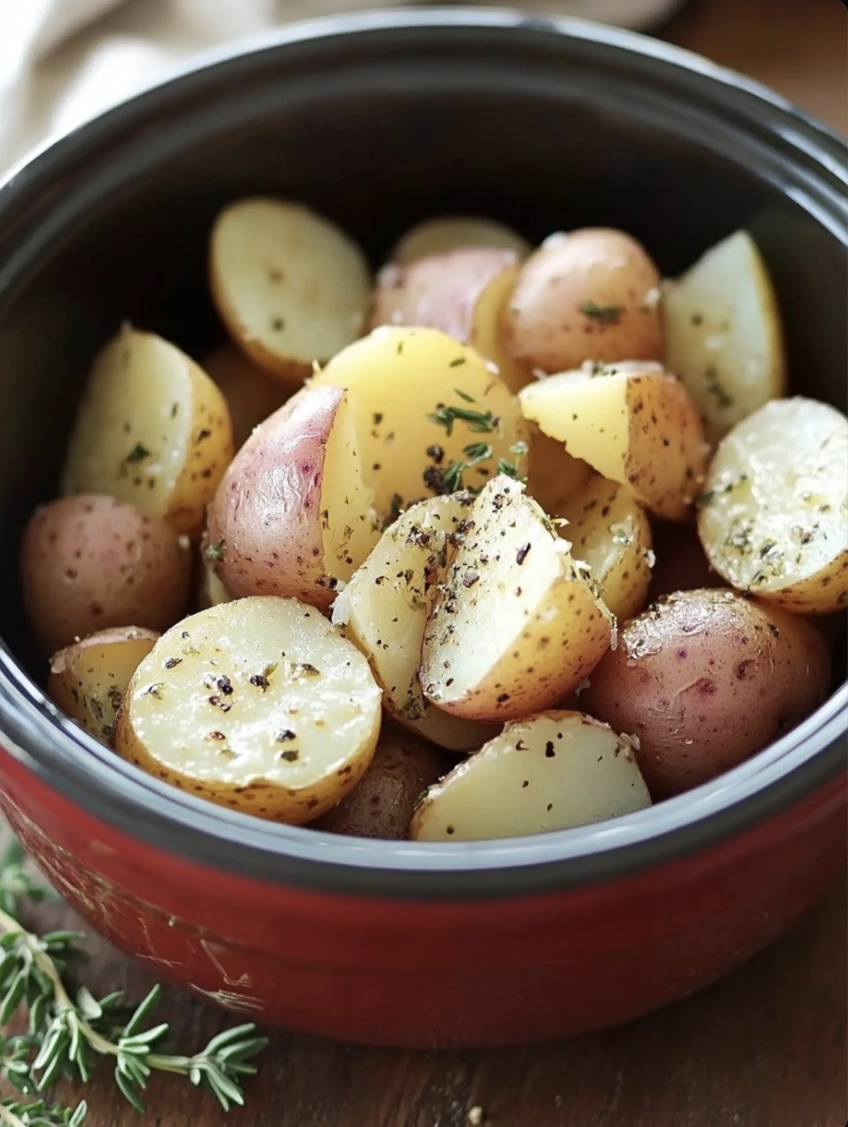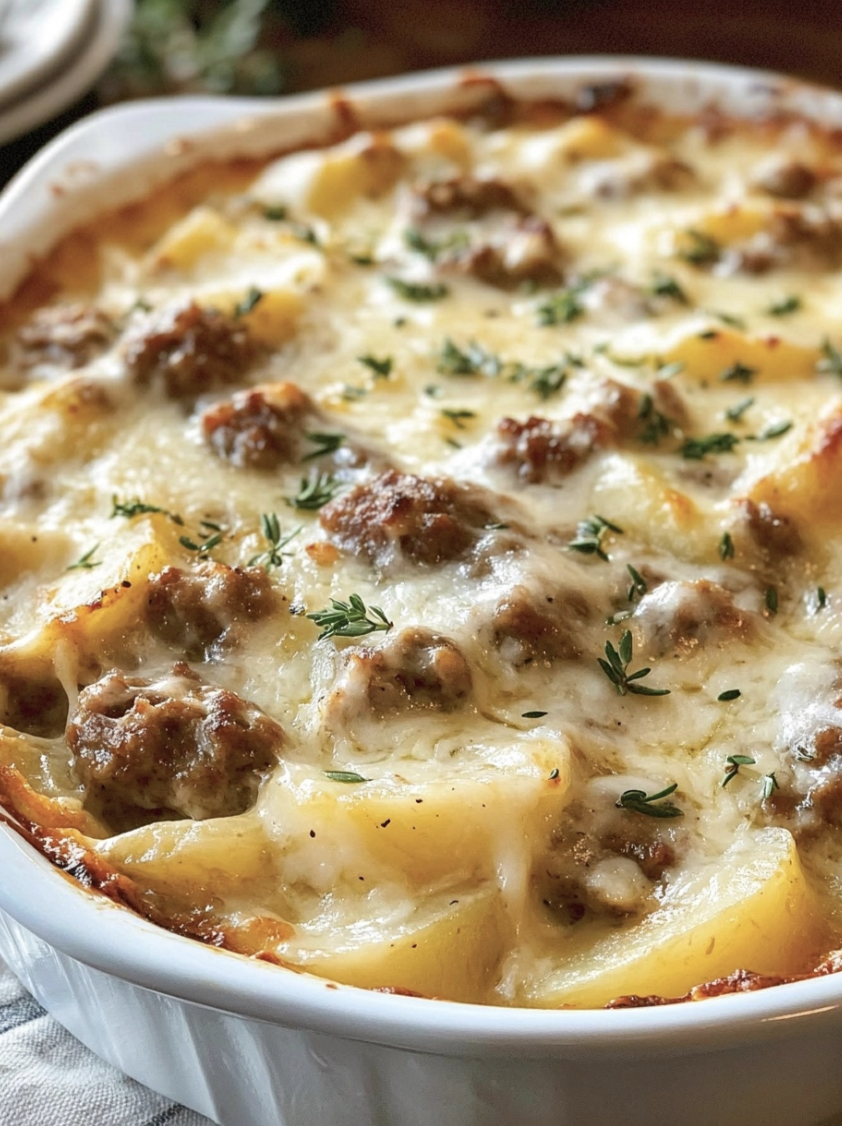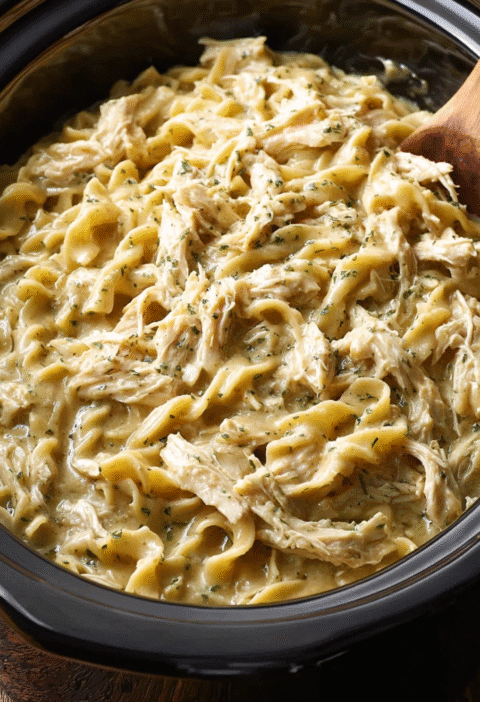Irish Soda Bread is a quick and easy bread that doesn’t require any yeast or rising time, making it perfect for when you want freshly baked bread in a hurry. With its simple ingredients and rustic texture, this bread pairs beautifully with butter, jam, or hearty soups and stews. It’s an essential recipe for any home baker, especially during St. Patrick’s Day or whenever you crave a traditional, comforting loaf.
Table of Contents
- Introduction
- Ingredients
- Step-by-Step Instructions
- Cook Notes & Tips
- Variations
- Frequently Asked Questions (FAQs)
- Conclusion
Ingredients
For Easy Irish Soda Bread
- 4 cups all-purpose flour
- 1 teaspoon baking soda
- 1 teaspoon salt
- 1 3/4 cups buttermilk
- 2 tablespoons sugar (optional)
- 2 tablespoons melted butter (for brushing, optional)
Step-by-Step Instructions
Step 1: Preheat the Oven
- Preheat your oven to 425°F (220°C).
- Line a baking sheet with parchment paper or lightly grease it.
Step 2: Mix Dry Ingredients
- In a large mixing bowl, whisk together the flour, baking soda, salt, and sugar (if using).
Step 3: Add the Buttermilk
- Make a well in the center of the dry ingredients and gradually pour in the buttermilk.
- Stir with a wooden spoon or your hands until a soft dough forms. The dough should be slightly sticky but not too wet.
Step 4: Shape the Dough
- Turn the dough out onto a floured surface and gently knead it just until it comes together, about 5-6 times. Avoid over-kneading, as this will make the bread tough.
- Shape the dough into a round loaf and place it on the prepared baking sheet.
Step 5: Score and Bake
- Using a sharp knife, score a deep cross (about 1/2 inch deep) on the top of the loaf. This helps the bread cook evenly and allows steam to escape.
- Bake in the preheated oven for 30-40 minutes, or until the loaf is golden brown and sounds hollow when tapped on the bottom.
Step 6: Finish and Serve
- If desired, brush the top of the loaf with melted butter for extra flavor and a soft crust.
- Let the bread cool on a wire rack for at least 10 minutes before slicing. Serve warm or at room temperature.
Cook Notes & Tips
- Buttermilk Substitute: If you don’t have buttermilk, you can make a substitute by mixing 1 3/4 cups of regular milk with 1 tablespoon of lemon juice or white vinegar. Let it sit for 5-10 minutes before using.
- Don’t Overmix: Overmixing or over-kneading the dough will make the bread dense and tough. Handle the dough gently to keep it light and tender.
- Check for Doneness: To ensure the bread is cooked through, tap the bottom of the loaf—it should sound hollow. You can also use a skewer to check the center; it should come out clean.
Variations
- Raisin Soda Bread: Add 1 cup of raisins or currants to the dough for a slightly sweet version that’s great for breakfast or afternoon tea.
- Seeded Soda Bread: Mix in 2 tablespoons of caraway seeds for extra flavor, or sprinkle sesame seeds on top before baking.
- Whole Wheat Soda Bread: Replace half of the all-purpose flour with whole wheat flour for a more rustic, hearty loaf.
Frequently Asked Questions (FAQs)
1. Can I Make This Bread Without Buttermilk?
Yes, you can make a buttermilk substitute by mixing regular milk with a tablespoon of lemon juice or vinegar. Let it sit for 5-10 minutes until it curdles before using.
2. How Should I Store Irish Soda Bread?
Store the bread in an airtight container at room temperature for up to 3 days. You can also freeze the bread for longer storage; wrap it tightly in plastic wrap and then in aluminum foil before freezing.
3. Can I Use Self-Rising Flour?
Self-rising flour is not recommended for this recipe, as it already contains leavening agents that may alter the texture and flavor of the bread. Stick with all-purpose flour for the best results.
4. What Can I Serve with Irish Soda Bread?
Irish Soda Bread is perfect on its own with a pat of butter or jam. It also pairs wonderfully with soups, stews, or hearty dishes like beef stew or potato soup.
Easy Irish Soda Bread is a no-fuss, classic bread that’s perfect for any occasion. With its crisp crust and tender crumb, it’s an excellent choice whether you’re serving it with a hearty stew or simply enjoying it with butter and jam. The best part is that it requires no yeast or long rising times, making it a quick option for freshly baked bread whenever the craving strikes.
Happy baking!







1